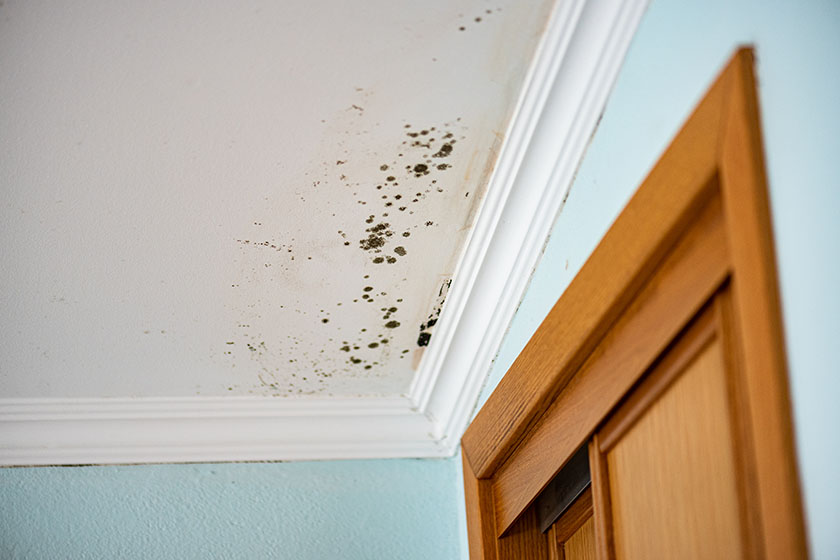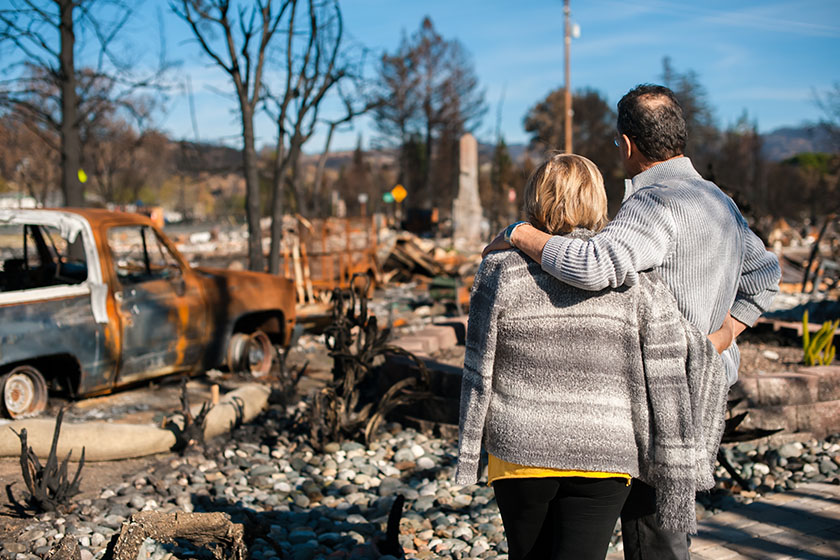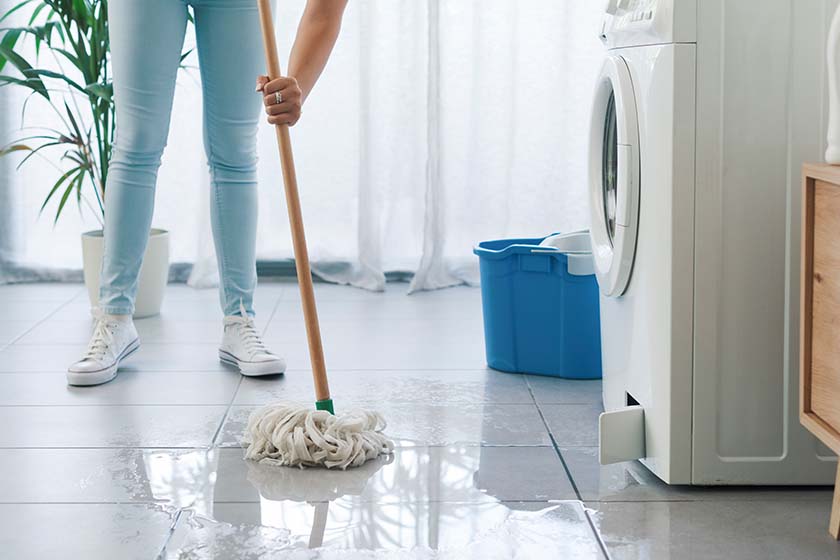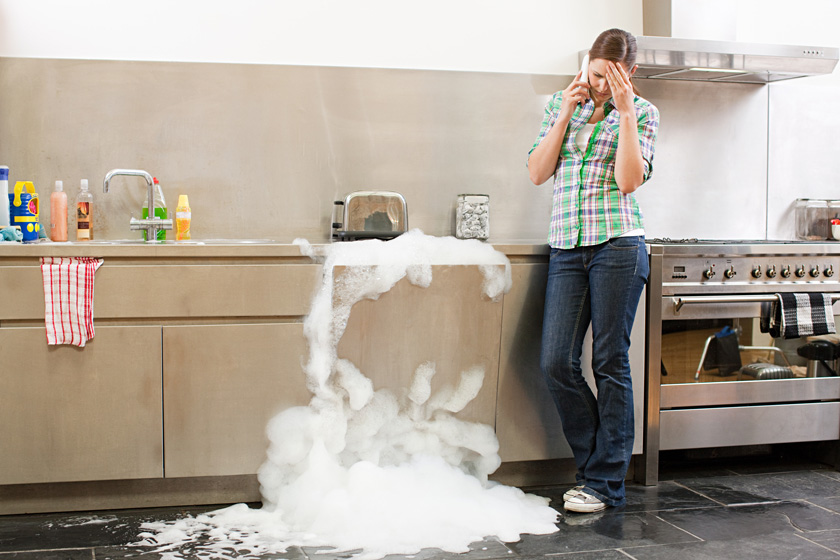Flood Damage Cleanup Starts With Safety
When it rains, it pours in San Diego. And when the waters recede, we’re confronted with a monumental flood damage cleanup job. So, often exhausted by our fight to hold back the water and mud seeking to overrun our homes and businesses, we begin picking up the pieces. This is when we’re most at risk from dangerous accidents that can plague flood damage cleanup work.
With that in mind, we want to remind you to stay focused on some key potential hazards and precautions you should always take during any kind of flood damage cleanup operation.
Flood Damage Cleanup = Exposure to Contaminants
Think about our society, the way it’s built. Buildings stacking people and machines high. Roads and parking lots encasing the land. Manufacturing facilities and farms employing a wide array of chemicals across large areas. Plants and animals depositing their biological waste across the landscape. And then come the rains.
When flooding occurs, the resulting cauldron of swirling, murky water contains varying degrees of residue from all of these sources, from biological contaminants that include feces and potentially harmful microscopic organisms to chemicals that can run the spectrum of toxicity to humans.
Consider this warning from the U.S. OSHA Flood Cleanup Fact Sheet:
“Floodwater often contains infectious organisms, including intestinal bacteria such as E. coli, Salmonella, and Shigella; Hepatitis A Virus; and agents of typhoid, paratyphoid and tetanus. The signs and symptoms experienced by the victims of waterborne microorganisms are similar, even though they are caused by different pathogens. These symptoms include nausea, vomiting, diarrhea, abdominal cramps, muscle aches, and fever. Most cases of sickness associated with flood conditions are brought about by ingesting contaminated food or water. Tetanus, however, can be acquired from contaminated soil or water entering broken areas of the skin, such as cuts, abrasions, or puncture wounds.Tetanus is an infectious disease that affects the nervous system and causes severe muscle spasms, known as lockjaw. The symptoms may appear weeks after exposure and may begin as a headache, but later develop into difficulty swallowing or opening the jaw.
“Floodwaters also may be contaminated by agricultural or industrial chemicals or by hazardous agents present at flooded hazardous waste sites. Flood cleanup crew members who must work near flooded industrial sites also may be exposed to chemically contaminated floodwater. Although different chemicals cause different health effects, the signs and symptoms most frequently associated with chemical poisoning are headaches, skin rashes, dizziness, nausea, excitability, weakness, and fatigue.
“Pools of standing or stagnant water become breeding grounds for mosquitoes, increasing the risk of encephalitis, West Nile Virus or other mosquito-borne diseases. The presence of wild animals in populated areas increases the risk of diseases caused by animal bites (e.g., rabies) as well as diseases carried by fleas and ticks.”
Clearly, floodwater cleanup should only be undertaken using effective protective outerwear (available in hardware stores), and you should ensure that you thoroughly clean and disinfect tools you use, as well as your person.
Remember Flood Damage Cleanup Safety Precautions
Remember, nothing is more important than the safety of your family, employees and customers, so always be mindful of these flood damage cleanup safety tips:
- Never enter a flooded building unless you’ve confirmed disconnection of main power and gas service and ensured that the building hasn’t sustained structural damage that could make it unstable.
- Never touch any electrical equipment unless it’s in a dry area, you are dry and you’re standing on a dry surface.
- Be mindful that standing floodwater can contain chemical and biological contaminants. Minimize your exposure. Make sure you clean and disinfect your person, your clothes and any tools that are exposed to any kind of floodwater..
- If remains flooded wet for more than 24 hours, be alert for potential mold growth. Tight spaces that remain wet and warm are fertile grounds for fungus and bacteria. Consider consulting a mold testing and remediation specialist.
Got Flood Damage in Your San Diego Home or Business? Trust Abbotts!
We’ve built our business by working hard to be the best at helping our community recover from unfortunate events ranging from fire to flood and everything in between. Call Abbotts today!
More info:
U.S. Department of Labor Occupational Safety & Health Administration Flood Safety Facts









